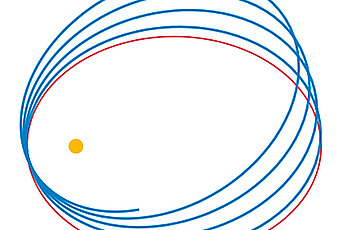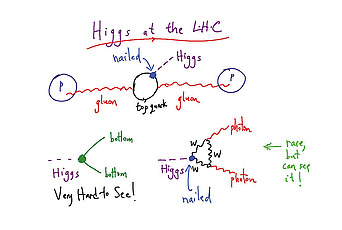The Mathematics of Beauty

It is known that mathematicians see beauty in mathematics. Many mathematicians are motivated to find the most beautiful proof, and often they refer to mathematics as a form of art. They are apt to say “What a beautiful theorem,” “Such an elegant proof.” In this article, I will not elaborate on the beauty of mathematics, but rather the mathematics of beauty, i.e., the mathematics behind beauty, and how mathematical notions can be used to express beauty—the beauty of manmade creations, as well as the beauty of nature.
I will give four examples of beautiful objects and will discuss the mathematics behind them. Can the beautiful object be created as a solution of a mathematical formula or question? Moreover, I shall explore the general question of whether visual experience and beauty can be formulated with mathematical notions.
I will start with a classical example from architecture dating back to the Renaissance, move to mosaic art, then to crystals in nature, then to an example from my line of research on braids, and conclude with the essence of visual experience.
The shape of a perfect room was defined by the architects of the Renaissance to be a rectangular-shaped room that has a certain ratio among its walls—they called it the “golden section.” A rectangular room with the golden-section ratio also has the property that the ratio between the sum of the lengths of its two walls (the longer one and the shorter one) to the length of its longer wall is also the golden section, 1 plus the square root of 5 over 2. Architects today still believe that the most harmonious rooms have a golden-section ratio. This number appears in many mathematical phenomena and constructions (e.g., the limit of the Fibonacci sequence). Leonardo da Vinci observed the golden section in well-proportioned human bodies and faces—
in Western culture and in some other civilizations the golden-section ratio of a well-proportioned human body resides between the upper part (above the navel) and the lower part (below the navel).
Mosaic is an art form where solid pieces (wood, stone, glass, etc.) are assembled on a flat surface with no overlaps and no gaps. In its sophisticated form, the mosaic has recognizable patterns, which are repeated in two different directions, where no center, no boundary, no preferred direction, and no focus, is identified. The pattern of a mosaic work gives a sense of infinity.
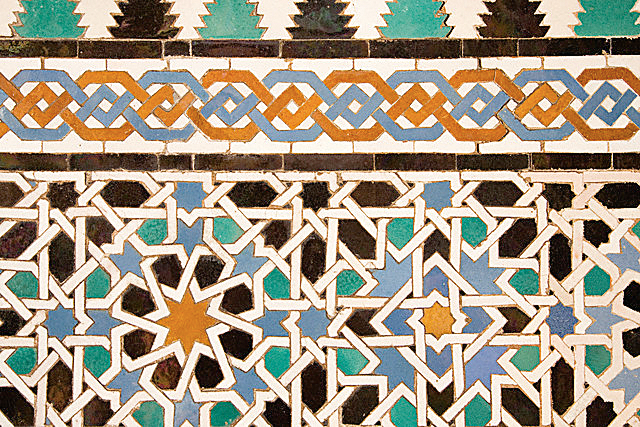
In mathematical terms, mosaics are referred to as tiling. To form a tiling means to fully cover a two-dimensional plane with geometric forms (polygons or shapes bounded by curves) with no overlaps. A tiling is called symmetric if one can virtually rotate it or reflect it without causing the tiling picture to change. There are different angles of rotation (half twist, quarter twist, etc.) and different axes of mirror reflection (horizontal, vertical, diagonal, etc.). A rich mosaic represents a variety of tiling symmetries, which can be understood via the resulting geometry.
The most impressive mosaics in history were done by artists working in the Islamic World in the Middle Ages, and, in particular, those who created the beautiful, sophisticated mosaic of the Alhambra Palace in Spain. The Alhambra was built by the Moors in the beginning of the thirteen century, on a red-soil hill overlooking the old city of Granada. It is a showcase of Muslim architecture and design with an immense wealth of patterns, ornaments, calligraphy, and stone carvings. It includes virtual night-sky ceilings crafted from thousands of pieces of wood, as well as the most sophisticated, gorgeous, colorful mosaics.
The Dutch artist M. C. Escher paid two visits to the Alhambra to sketch and catalogue the ornate patterns that are found in the tilings throughout the palace and surrounding courtyards. Escher’s tilings are not necessarily periodic, meaning that the tiles appear or occur at regular intervals. In the late nineteenth century it was proven that, from a mathematical point of view, there are only seventeen possible symmetries. In the early twentieth century, it was discovered that the tilings in the Alhambra represent all possible seventeen symmetries! Hundreds of years of skilled construction, tiling, a deep respect for symmetry (as a harmonious force), and the study and knowledge of geometry (for religion as well as for commerce) resulted in all seventeen possible symmetry groups being represented on the Alhambra walls! In 1944, the assertion that all seventeen symmetries could be found there was challenged, but lately, once flexibilities of colors and interlacing were introduced, it was verified again.
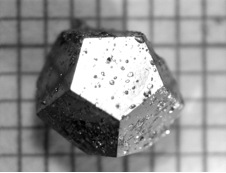
Crystals in nature (e.g., snowflakes, minerals, precious stones) are atomically built with order and with respect to symmetry rules. They contain two, three, four, and six-fold structural symmetries, and they are periodic. Aperiodic tiling, i.e., tiling with no periodicity, was proven mathematically possible in the 1960s, but it was then believed that there were no solid structures in nature with order but with no periodicity. In 1982, Dan Shectman, a Professor at the Technion in Israel, predicted the existence of nature-made aperiodic crystals, later known as quasicrystals (left). A quasicrystal should have a polygon with five edges in its pattern. The first such nature-made stones were found in a Russian mountainous region. In 2009, this discovery was announced scientifically by Paul Steinhardt, a Professor at Princeton. In 2011, Shectman received the Nobel Prize in Chemistry for his prediction.
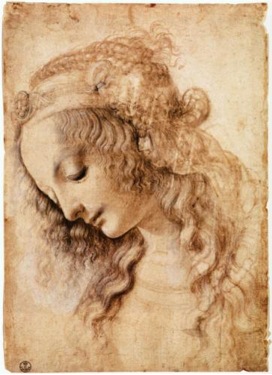
Machine vision can, ideally, replace human vision, in the sense that it can identify objects in a picture. Such a machine can be of utmost help to a blind person, but it is also applicable for medical diagnostics, distance medicine, automotive safety control in an assembly line, and for robotics in general (it is indeed the last frontier in robotics).
Building machine vision requires understanding of the essence of visual experience, advanced three-dimensional cameras, and more. One of the most difficult challenges for machine vision is face recognition, an essential development for administrative and legislative identification, homeland security, and the convenience of not needing to carry a key (as the home door will open automatically when approaching it—even with a hat, a smile, or sunglasses).
Face recognition is one of the highest brain functions. It involves not only the shape of the face, but also the captured expression, and much more. It is culture dependent. Maybe this is the reason that while the occipital lobe of the brain is responsible for vision, face recognition is derived also with the temporal lobe.
Machine face recognition does not yet match the accuracy of human face recognition, although some new technologies do surpass the average human in some performance tests. Machine face recognition can also attempt to classify beautiful faces using basic symmetries and proportions.
If a machine can express our visual experience at its best (including beauty) and communicate precise visual information, it needs (not exclusively) to use mathematical notions such as: proportion, symmetry, dimension, direction, perspective, center, axes, coordinates, reflection, rotation, half-twists, order, periodicity, scale, space, cycles, intersections, continuity, intensity, density, stability, noise, as well as smoothness, curvature, projections, three-fold, and more. (Again, some of these notions were explored by da Vinci.*) In my research, I plan to use the theory of curves and surfaces embedded in a three-dimensional projective space to extract discrete invariants of the face and build supportive algorithms for face recognition.
Can mathematics always explain the origin and true nature of beauty? If not, is beauty in the eyes of the beholder? I would not say that all expressions of beauty can be expressed with mathematical formulas. Nevertheless, one can still assert that beauty is an absolute term (up to cultural, geographical, and historical dependence).
* Thanks to Irving Lavin, Professor Emeritus in the School of Historical Studies, for pointing this out to me.
